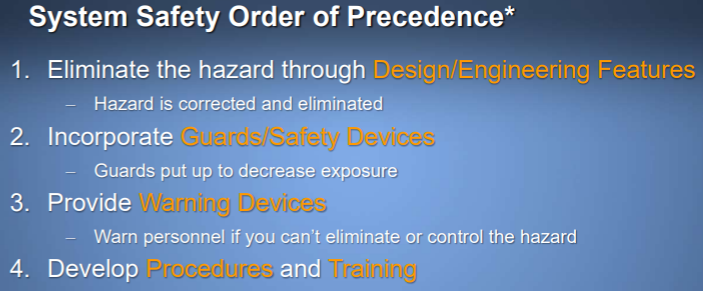Course # 201
Human Factors in Maintenance and Repair
In Aviation and other industries
Why you cannot miss the event
- According to US Air Force Safety Directorate analysis, Human Factors are the cause of 60-80 percent of accidents in any complex system. In addition to the terrible possibility of killing or maiming people, each accident attributed to Human Factors often results in a moderate to high economic costs to your company. Just one loose six inch pin in a landing gear caused nearly 7 million dollar damage to an F-22 fighter jet!
- To err is Human – an undisputed fact. We cannot change that situation. We Humans will continue to get distracted, have a finite attention span, get tired, be confused with instructions, manuals, etc., and have fluctuations in motivation. We can change the conditions in which Humans work, though. By better understanding how mishaps in complex systems occur, we can better change these conditions to prevent future mishaps.
- It is good to learn from your own mistakes. It is much better (and cheaper) to learn from other people’s mistakes. That’s one of the key things we will accomplish in this course.
- You’ll acquire valuable tools you can use to improve safety and profitability in your company.
Key Benefits of Attending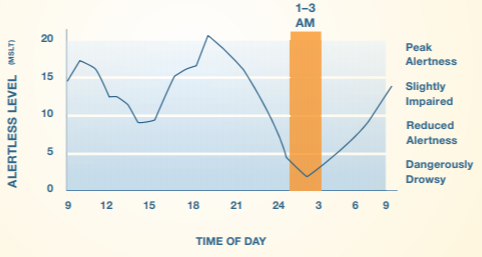
- You get to participate in classroom games and exercises which will reinforce key concepts that you cannot obtain by merely reading a book
- Multimedia presentation including videos will help reinforce important concepts in you
- Case Studies will teach you important lessons in Human Factors, understanding of which will go a long way in minimizing injuries, fatalities and expenses.
- Role Playing Games and other Exercises in the classroom will reinforce important lessons learned in the classroom. This is a unique opportunity extended to the participants of this course and one which cannot be experienced by merely reading a book or report.
- You will go back to your company or institution armed with practical guides in course materials. These materials will be an invaluable aid to you in developing or bettering the maintenance and process standards.
What you will accomplish and Gain
- You’ll gain experience in a truly multidisciplinary effort to generate and compile information about human capabilities and limitations.
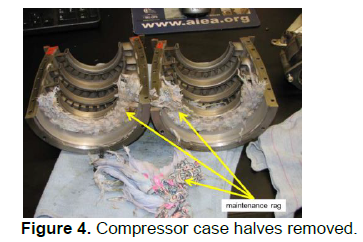
- You should then be able to apply the information you received in this course to equipment, systems, facilities, procedures, jobs, environments, training, and personnel management for safe, comfortable, effective human performance.
- You’ll understand why companies which have embraced the Human Factors culture routinely find increases in productivity, enhanced performance, and greater customer satisfaction. You will then be able to demonstrate this to your management.
- You’ll receive hands-on training to convince yourself and others that Human Factors training is fundamental to creating and sustaining a positive, healthy safety culture.
- Human Factors training for the workforce – and that includes the management– is a critical and cost-effective first step in identifying methods to identify, understand, and manage human performance issues.
- Structured Human Factors training improves job performance; in addition, it also promotes workforce physical and psychological well-being.
- ICAO and many NAAs mandate or highly recommend Maintenance Human Factors training, recognizing its impact on safety and quality.
Content Goes Here
Testimonials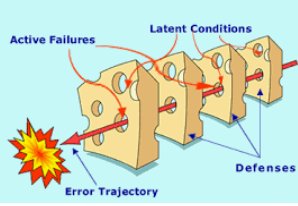
“This is a very useful course and quite timely! Sam has a way of making even complex subjects appear easy.”
– A Scandinavian Airworthiness Official
“The instruction is of Harvard Business School caliber! We learned many vital concepts that we can apply to our maintenance functions. Thank you”
– A NASA Manager
“An informative, enjoyable presentation. Sam has provided a lot of useful information. My favorite would be the data on anomalous parts”
– A Manager of an Airline in Singapore
“The classroom interactions and games are some of the many great features of this course.”
– Owner of a Repair Station in North America
“Every mechanic and his/her supervisor must take a course in Human Factors in Maintenance. This course is one of the best available”
– A mechanic working for American Express Aviation Division
“I learned so much from this course. There were concepts explained to us by Sam that are either totally new to me or I am now able to look at them in a different light. Attending this course has made me a better inspector.”
– An FAA Aviation Safety Inspector
“Sam has encapsulated much valuable information involving a multidisciplinary mix of subjects and presents them in an engaging way so the concepts will stick in the minds of all participants. I heartily recommend this course”
– An US Navy Engineer
Who should attend?
- Any professional involved in the actual maintenance or repair of aircraft, machinery, or plant equipment
- MRO personnel
- Airworthiness Officers
- Any governmental or corporate officials, engineers and managers entrusted with maintaining aircraft, plants and equipment
Materials, Design, Safety Engineers
- Aircraft mechanics, plant supervisors, and liaison engineers
- Accident investigators, NAAs
- Any staff whose responsibilities include Safety
- University and Technical School Instructors
- Maintenance technicians, managers, supervisors, QA people and all levels of management
Syllabus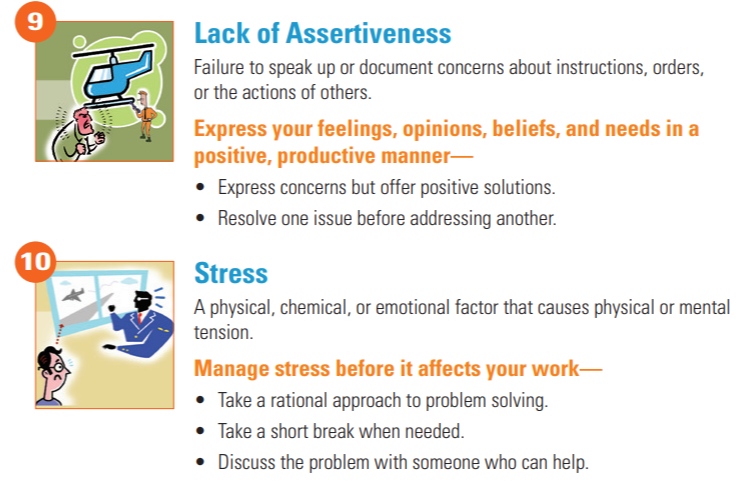
Session One Introduction
- What are Human Factors? An overview
- Sources of Human Error
- HFAM History & FAA Regulations/guidance
Case Study #1 The other 9/11 aircraft tragedy: How a shift turnaround miscommunication resulted in killing a few people. How you can avoid such a tragedy in your workplace.
Session TWO The Twelve Human Factors Related causes for Maintenance Mistakes and Blunders
- The Dirty Dozen
- Lack of Communication
- Complacency
- Lack of Knowledge
- Distraction
- Lack of Teamwork
- Fatigue
- Lack of Resources.
- Pressure
- Lack of Assertiveness
- Stress
- Lack of Awareness
- Norms
Case Studies #2 and #3: How both overassertive behavior as well as lack of assertiveness can cause accidents. What to do about these.
Session THREE Understanding the Theory and Models and then Applying them in Practice to Enhance Safety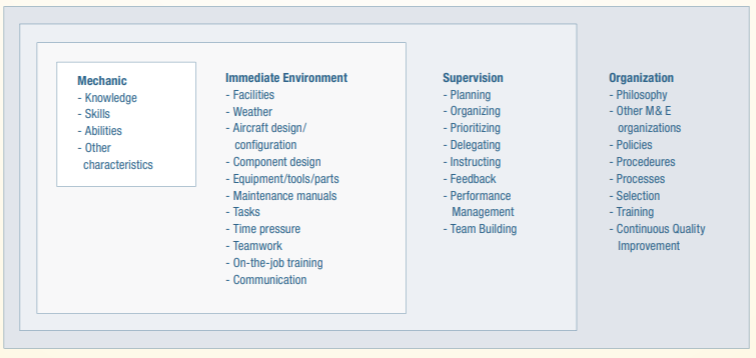
- How to combat the Dirty Dozen
- Accident model
- The Domino theory
- The Swiss Cheese model
- Accident Causation/Event Investigation
- Just Culture: Safety and Accountability— a Balancing Act
- Supervisory & Organizational Error and Norms
- How do you get from Awareness to Implementation?
- Useful Practical Forms to Improve the Accuracy and Quality of Maintenance Tasks
Session FOUR Power Plant and Manufacturing Sectors
- Maintenance Human Factors in Power Plant and Manufacturing Environments
o Human Factors Engineering Maintenance-Related Deficiencies in Power Plant Systems
o Desirable Maintenance-Related Human Factors and How to Enhance them
o Power Generation Plant Performance Goals That Drive Decisions about Human Factors
o Study of Human Factors in Manufacturing Facilities
o Human Factors Approaches for Assessing and Improving Maintainability
o “A bolt is a bolt.” Wrong.
Case Study #4 Wrong installation of parts. A picture is worth a thousand words – Solve the problem by starting with the Illustrated Parts Catalog
Session One Aircraft Maintenance and Repair — Applications of Human Factors
- Human Error Occurrence Causes in Aviation Maintenance
o Major Categories of Human Errors in Aviation Maintenance and Inspection Tasks
o Types of Human Error in Aircraft Maintenance and Their Occurrence Frequency
o Common Human Errors in Aircraft Repair Tasks
o Aircraft Maintenance Error Analysis Methodologies
o Foreign Object Damage
o Non-punitive reporting (to Circumvent Fear of Repercussions)
o Boeing’s Maintenance Error Decision Aid (MEDA)
o Useful Guidelines for Reducing Human Error in Aircraft Maintenance Activities
Case Study #5 The Aloha accident: the Influence of Human Factors
Session TWO Tools of Conflict Resolution Leading to a Drastic Reduction in Human Factors Related Maintenance Anomalies
- Conflict Mechanisms
- Conflict Management
- Interdepartmental Conflicts
- The Three Types of Intra-group Conflicts
o Task
o Relationship
o Procedural
- The Five types of Conflict Management or Solution Strategies
o Competing
o Accommodating
o Collaborating
o Avoiding
o Compromising
Case History #6 Lessons Learned from the Space Shuttle Disasters
Session Three Teamwork , Interactive Games to Better Understand Human Factors
- Ten characteristics of effective teamwork
This non-traditional approach features an entertaining, yet informative approach to further engrain in the minds of students several key concepts in Human Factors.
During the session participants will learn how people process information differently. These games will help optimize design of maintenance and repair systems and procedures taking into account for human strengths and compensating for weaknesses. Participants will learn about: memory, learning, sensation, perception, measuring, interfering, thinking, responding, interpretation, assumptions, reinforcement, feedback, maintenance error, and product usability.
This session promises to be informative and fun!!! Participants will remember as much from this session as from a traditional lecture and they will have more fun than at a typical party.
Role Playing Games to Accentuate the Human Factors Issues at the Maintenance and Repair Workplace Environment
Session FOUR Concluding Thoughts and Wrapup
A Concise Review of All the Major Concepts Learned in this Course.
A Video Presentation.
Case Study #7 The Japan Air Lines Boeing 747 Crash that killed 521 people and the pivotal role Maintenance Human Factors played in that tragedy

